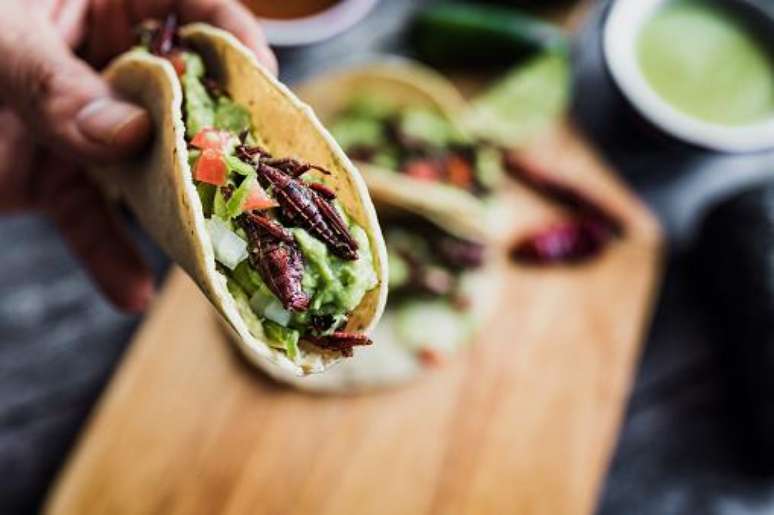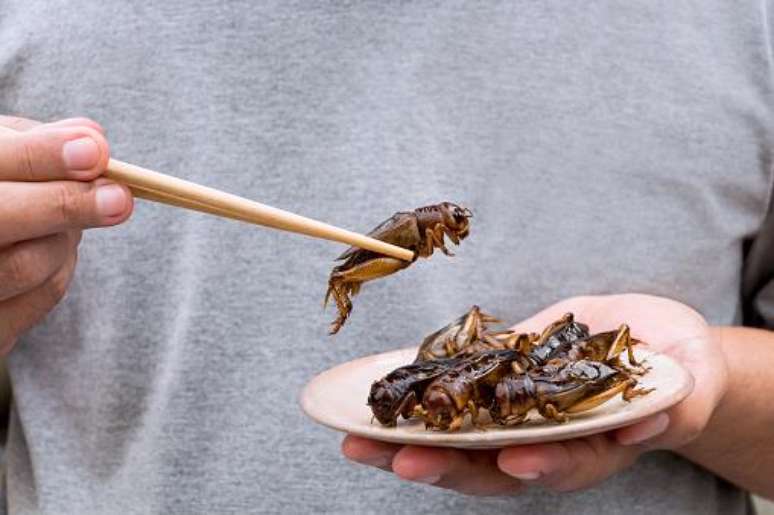The population of the planet is growing at a very rapid rate. In November 2022 the planet reached eight billion inhabitants and By 2050 this number is expected to be between nine and ten billion. This means that, in addition to taking up even more space, we will need more food, and this is where an already existing problem risks getting even worse.
The costs – financial and geographical – of producing the necessary amount of food, especially animal protein, are becoming increasingly higher. And so, a valid alternative that has become increasingly popular over time is to diversify your diet with insects. And more precisely with crickets.
Economical and sustainable
For those who are not used to it, entomophagy – the eating of insects – may seem strange and even disgusting. However, it is a very common habit in Asian, African and Latin American countries. According to the Food and Agriculture Organization of the United Nations, insects are part of the diet of around 2 billion people.
In addition to cultural factors, the use of these invertebrates in nutrition has proven to be an interesting alternative, especially in relation to production. And crickets are among the most popular insects for consumption. In the UK, for example, two species can be sold for human consumption: the house cricket (Acheta domesticus) and the striped cricket (Gyllodes Sigallatus).
And the choice of this particular insect has a good reason. In fact, several good reasons. Overall, cricket farming has a lower environmental impact than other sources of animal protein. They emit less carbon dioxide per kilogram of edible protein than chicken, pork and cattle.
They also have an edible percentage of 80%: chicken, pork and beef have proportions of 55, 55 and 40% respectively. But the main factor is that the amount of water needed directly or indirectly for insect production is about three times less than that needed for livestock. The amount of land needed per kilogram of insect protein is 50-90% less than that needed for livestock.
Delicious and nutritious

If people could overcome their aversion – or disgust – they might be surprised by a dish prepared with cricket. At least that’s what people who have already tasted the insect during a meal say.
“I went with an open mind, not knowing what to expect, and honestly the experience surprised me,” commented Chris Carpineti, a video editor who volunteered to try a cricket dish. “If you hadn’t known there were bugs in the food, you wouldn’t have guessed. The texture and flavor were delicious. I would definitely try more.”
Plus, there are some nutritional benefits to adding crickets to your menu. They contain more iron than spinach, more fiber than brown rice, more calcium than milk, more potassium than bananas and more vitamin B12 than red meat. In other words, perhaps becoming an “Insectarian” in the future could be a more interesting option than you might imagine.
Source: Terra
Ben Stock is a lifestyle journalist and author at Gossipify. He writes about topics such as health, wellness, travel, food and home decor. He provides practical advice and inspiration to improve well-being, keeps readers up to date with latest lifestyle news and trends, known for his engaging writing style, in-depth analysis and unique perspectives.



-sl6oy2p06omu.png)



![Such a great sun in advance: Elizabeth’s Terrible Accidental Victims … which Waiting for You Week until August 25, 2025 [SPOILERS] Such a great sun in advance: Elizabeth’s Terrible Accidental Victims … which Waiting for You Week until August 25, 2025 [SPOILERS]](https://fr.web.img6.acsta.net/img/d0/c4/d0c4d9256b5997c98008a65d7a43177e.jpg)
